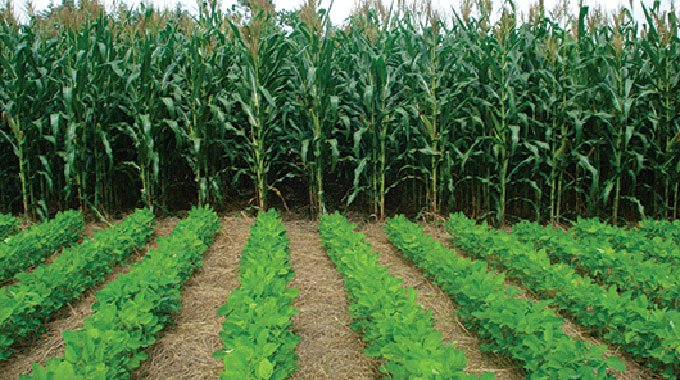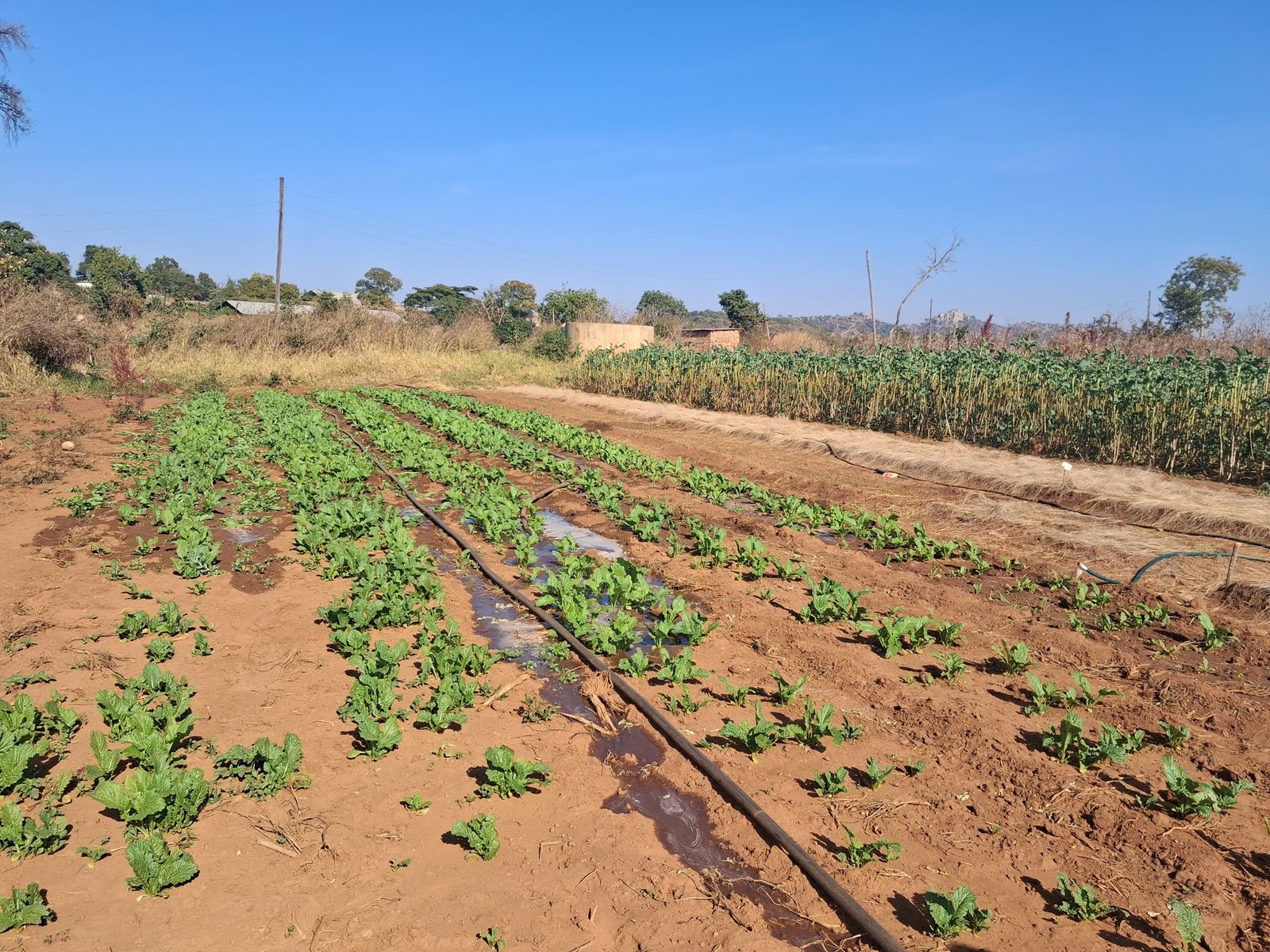Zimbabwe has successfully planted 99% of its maize target for the 2024/2025 summer cropping season, with a total of 1,790,917 hectares cultivated out of a goal of 1.8 million hectares.
The first round of the Crop, Livestock and Fisheries Assessment report, set to be presented to Cabinet soon, is expected to affirm this optimistic outlook. According to data compiled by the Agricultural and Rural Development Advisory Services (ARDAS) last week, this year’s maize planting has surpassed last season’s total of 1,209,747 hectares, with several provinces exceeding their objectives. Reports indicate that the condition of the crops across the nation is generally promising.
Mashonaland West leads the way with 360,276 hectares planted, slightly above its target of 360,000 hectares. Manicaland has also performed well, exceeding its goal of 265,000 hectares by planting 273,031 hectares, while Mashonaland East achieved 101% of its 240,000-hectare target, with 242,470 hectares cultivated. Additionally, Matabeleland North surpassed its target of 110,000 hectares, planting 111,670 hectares.
In Masvingo, farmers have planted 194,160 hectares, and Mashonaland Central reports 230,761 hectares.
Professor Obert Jiri, Permanent Secretary in the Ministry of Lands, Agriculture, Fisheries, Water and Rural Development, stated that the majority of crops are thriving, with 65% of the maize crop now in the early reproductive stage and in good condition.
He noted that 15% of the maize planted by the end of November 2024 has progressed to the soft to hard dough stages, indicating a potential for fruitful harvests. However, 20% of the later-planted maize remains in the medium to late vegetative stages, highlighting the need for timely top-dressing fertiliser to enhance yields and mitigate nutrient loss.
Farmers are increasingly turning to traditional grains such as sorghum, pearl millet, and rapoko, with significant strides made in planting these drought-resistant crops, further bolstering national food security.
“This increased focus on traditional grains, known for their resilience in drier conditions, showcases a proactive approach by farmers to ensure food security amid changing climate patterns,” said ARDAS acting chief director Leonard Munamati.
The latest figures reveal that 408,615 hectares of sorghum have been planted nationwide (98% of the target), along with 167,113 hectares of pearl millet (61%) and 27,072 hectares of rapoko (78%). Soybean planting has reached 40,103 hectares (52%), while cotton stands at 122,493 hectares (45%), groundnuts at 221,118 hectares (57%), and sunflower at 39,428 hectares (25%).
Tobacco production is also on the rise, with 132,851 hectares planted, surpassing last year’s total of 114,980 hectares. Farmers have also begun cultivating potatoes and sweet potatoes.
While many regions are benefiting from good rainfall, agricultural experts urge farmers to remain vigilant and adopt sustainable practices.
“Employing water conservation methods is crucial during these changing climatic times,” said Commercial Farmers Union president Dr. Shadreck Makombe.
Ivan Craig, chairperson of the Agricultural and Rural Development Authority board, stressed the importance of investing in various water harvesting techniques, including gutters, contour ridging, and mulching, to ensure agricultural resilience.





